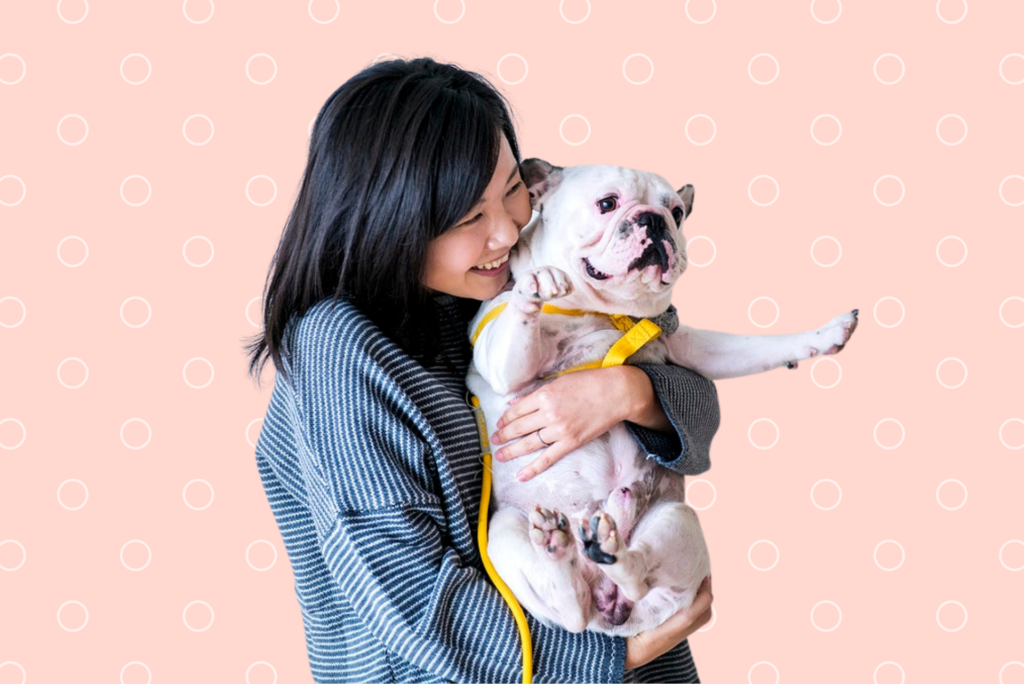
Since the beginning of the pandemic, Battersea Dogs and Cats Home in London has seen a huge surge in interest recently resulting in the rehoming of more cats and dogs than ever. At the same time, there’s also been a worrying amount of pet’s being abandoned, with people realising that they are no longer able to afford them because of financial difficulties and the recession we’ve found ourselves in due to this year’s events.
That said, having a dog in your life is a special thing that can bring so much joy and love. They shower you with love, loyalty, adoration, and provide you with comfort when you’re down. Whether you are living on your own, or you have a family complete with kids, dogs can bring joy to your home.
But for all the amazing things that dogs can bring into your life, there are also issues to consider, or at least, responsibilities that you need to be aware of in advance and be willing to embrace. That’s why it’s so important to do your research and really learn all there is about dog ownership before you take that leap. The last thing anyone wants to do is adopt a dog and then fail to provide all that they need. So, with that said, here are 8 considerations if you’re thinking about adopting a dog.
ADOPTING A DOG IS A LONG-TERM COMMITMENT
The Dogs Trust have sounded a note of caution, and temporarily rebranded their famous slogan to ‘A dog is for life, not just for lockdown’. Indeed, the first thing to understand about adopting a dog is that this will be a long-term commitment. This is most pressing if you’re adopting a puppy.
Breed dependent, of course, but the average lifespan of a dog is between 11 and 13 years. That’s a pretty big commitment and you really need to think about where your life is right now, and what sort of course it will take for the next decade. Will a dog continue to fit into your lifestyle?

THE BREED MAKES A HUGE DIFFERENCE
It’s also very important to discuss breeds. As a first-time dog owner, it can be really easy to be swayed by which dog ‘looks cute’ and nothing else. Let’s face it, most of them have faces you simply can’t say no to!
But here’s the problem – basing your decision on the cuteness level of the dog can lead to serious issues. Breed truly matters in order to find the right fit for your lifestyle.
For example, maybe you’re the type that likes to be able to cuddle with your dog, have them lay on your lap or curl up on the foot of your bed, and really have that companion. Well, there are certain breeds that are more prone to that personality type. Then again, maybe you’re looking for an active dog that you can bring with you on hiking treks, swimming at the lake, taking part in sports like fly disc, and more. Obviously, that will be a different kind of breed right there.
Let’s also point out that breed will determine the size of the dog too, which is something that should be a huge consideration. The bigger the dog, the more space it will need indoors and outdoors, so you need to be mindful of that. For example, if you live in an apartment with no access to a yard, having a large German Shepherd probably wouldn’t be ideal.
THE COST OF OWNERSHIP
Cost should also be something you figure into the mix, too, as owning a dog isn’t free. Sure, there is the initial cost to adopt the dog, but then there are all the costs that follow. You’ll be dealing with vet bills (annual check-up plus any other appointment), yearly vaccinations, the cost of dog food, supplies (a crate, dog bed, toys, leash, and so forth), and should you decide to have the dog spayed or neutered in their first year, that’s an additional cost.
Typically, the larger the dog is, the more they cost in terms of ownership. It just makes sense – they will eat more food, their medications tend to cost more because they need a larger volume/quantity, surgery can be more for a large breed dog, and so forth.
IS YOUR HOME AND GARDEN DOG FRIENDLY?
Then there is your actual home and outdoor space – is it dog friendly? The last thing you want to do is bring a dog home to an environment that isn’t safe for one. For example, having a yard with no fence can be a real safety concern. What’s to stop the dog from running out onto the road or running away? You may need to put them on a lead in the garden or build a fence.
In terms of the interior of your house, again, you need to think in terms of safety and comfort for the dog. There should be nothing within their reach that would be dangerous or poisonous to them. You are almost thinking in terms of a toddler. How would you toddler proof your house? Many of those same steps can be taken for a dog.
Also, if you have anything of value or particular importance, you may want to temporarily store it out of reach while the new dog is getting used to its surroundings and training/housebreaking is happening.
KEEPING YOUR DOG HEALTHY THROUGHOUT ITS LIFE
It’s also vital that you’re prepared for the many steps that keep your dog healthy throughout its life. This includes such things as visiting the vet regularly, maintaining a healthy body weight, staying active, feeding them a good quality of food, and using supplements to make up for those areas they may be lacking in when it comes to proper nutrition.
If you’re looking to include a daily supplement into your dog’s routine, you want to be sure you pick a reputable company that uses good quality ingredients such as YuMOVE, found at yumove.co.uk, who specialises in joint supplements which can be given to dogs of all ages. These supplements help to support joint mobility and allow the dog to stay active and comfortable. There are a number of different formulas to choose from so that you can cater to your dog’s specific age and needs.
Read: 5 ways a pet can improve both your physical and mental health
ARE YOU PREPARED FOR TRAINING AND HOUSEBREAKING THE DOG?
A big question to ask yourself is if you’re ready for the training that will accompany any dog regardless of age or breed. Even if you’re not adopting a puppy and the dog is already housebroken, there will still be training needed on your part.
There are a few ways you can make this process a little smoother such as taking your pup to dog obedience training sessions, hiring a private trainer, and investing in some dog training books to go over the basics. All of these will prove beneficial in the long run.
As for housebreaking the dog, most trainers and experts agree that crate training is the safest and most effective method to use.

WHAT WILL YOUR DOG DO WHEN YOU AREN’T HOME?
It doesn’t matter if you work at home or outside the home – there will be days when you simply aren’t at home. Maybe you’ve stepped out to do the food shopping, visit friends for a few hours, or for a night on the town. What will you do with your dog? This is when training and housebreaking will come in handy. You may also need to deal with separation anxiety, which is a common issue with a huge variety of breeds.
CONSIDER FOSTERING FIRST
Many animal shelters rely on doggy fosterers to provide temporary shelter homes for animals in their care. Instead of taking that big step into dow ownership, consider fostering a dog first. Not only will you be able to see if a dog is the right fit for you, you’ll be helping a poor pup recover from neglect, abuse, illness or injury.
THE BOTTOM LINE
Before you go rushing into an adoption process, it’s well worth it to read up on all things dog-related and what it’s truly like to have one in your life.





